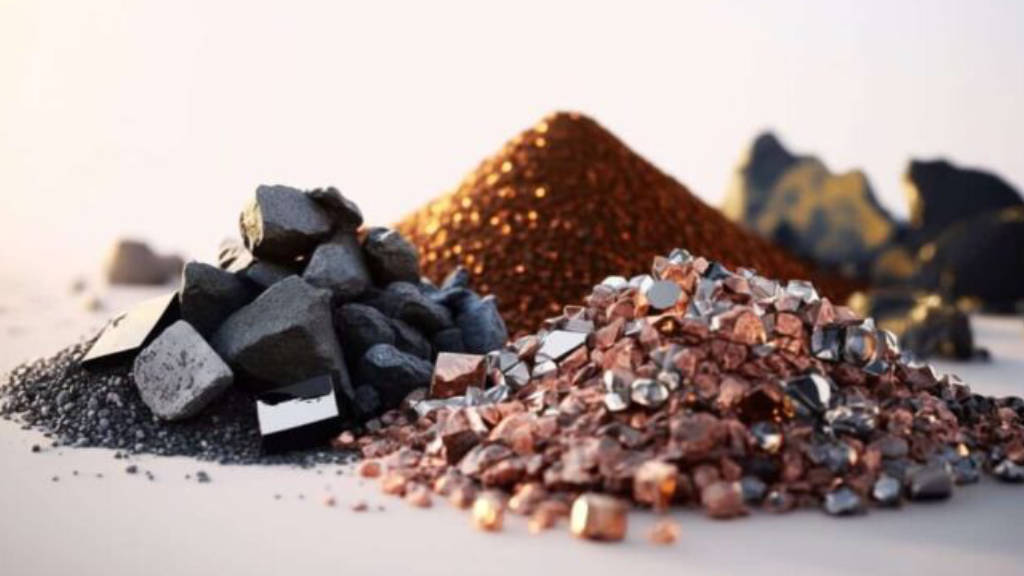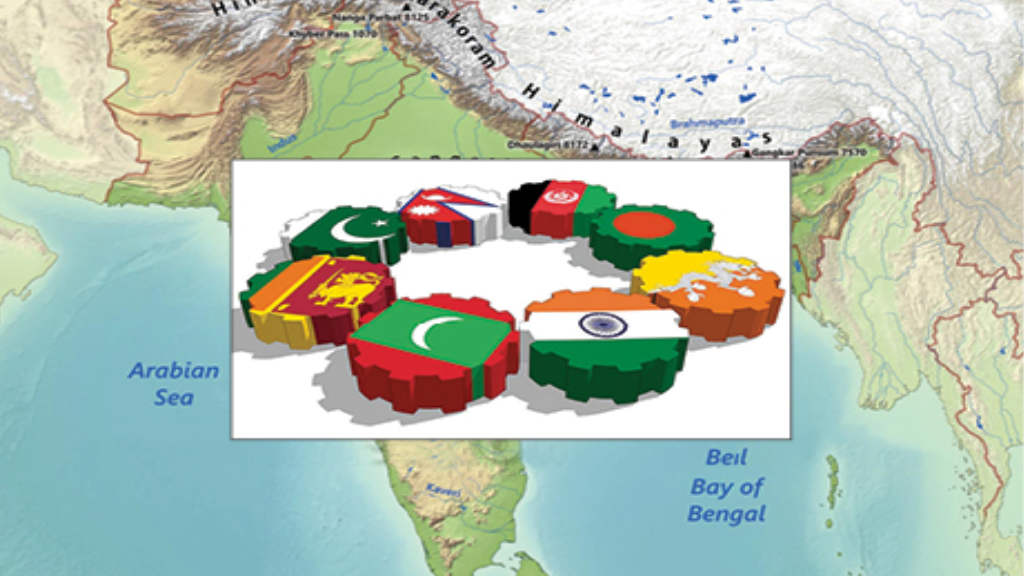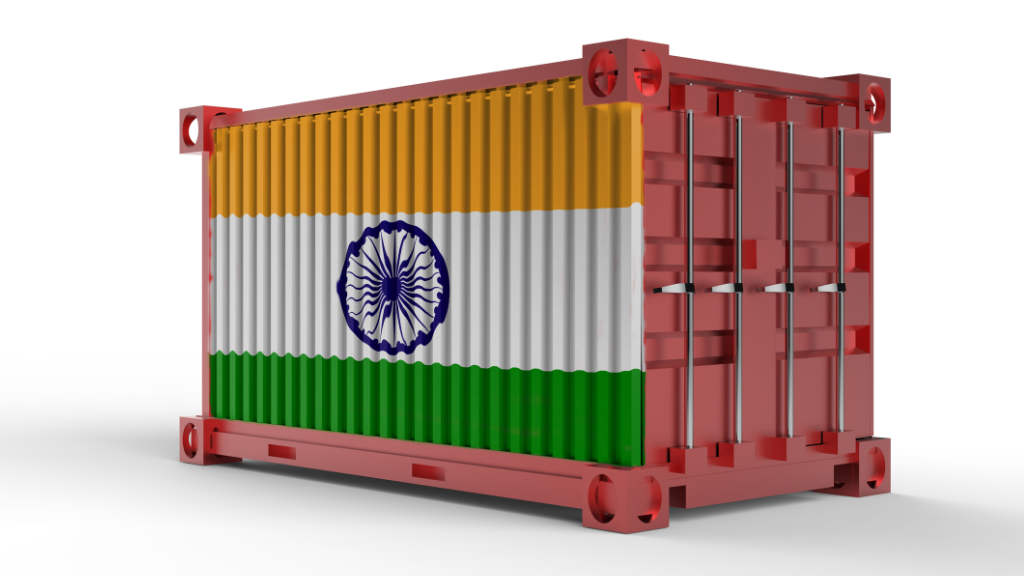The Russian President Vladimir Putin has instructed the government to approve a roadmap for the long-term development of rare and rare earth metal mining and production by December 1, the Kremlin stated on Tuesday (November 4).
Putin’s statement read, “To the Russian government, taking into account the previously issued instructions, approve an action plan for the long-term development of the extraction and production of rare and rare earth metals.”
Russia’s reserves of 29 types of rare metals currently total 658 million tonnes, representing about 10% of the global total, according to the Natural Resources Ministry. Russia’s total currently available rare earth deposits are 28.7 million tonnes. However, Russia currently occupies a paradoxical position in the global rare earth landscape. Despite producing about 12 million metric tons annually—ranking fifth globally—Russia currently produces just 1% of global output in a sector dominated by China, whose production currently services 97% of global demand.
Rare earth elements (REEs) and rare metals are key ingredients for glass, lights, magnets, batteries, and catalytic converters and are used in everything from cell phones to cars. For example, to make the magnet for one wind turbine, you need about 300 kilograms of neodymium. These products are driving the new technology industry on a global scale.
Other global producers include Brazil, India, and Australia. There are no operational rare earth mines in Europe, although projects in Norway and Sweden are amongst the most advanced but are unlikely to be productive for another decade. The United States currently has only two domestic rare earth mining locations, in Georgia and California, while possessing just 2% of the global total reserves.
In February, Putin said Russia was ready to offer joint investment projects to other countries, including the United States, in rare-earth metal mining.
Further Reading
World’s Third Largest Rare Earths Deposits Restructured Under Russia’s Rosneft





